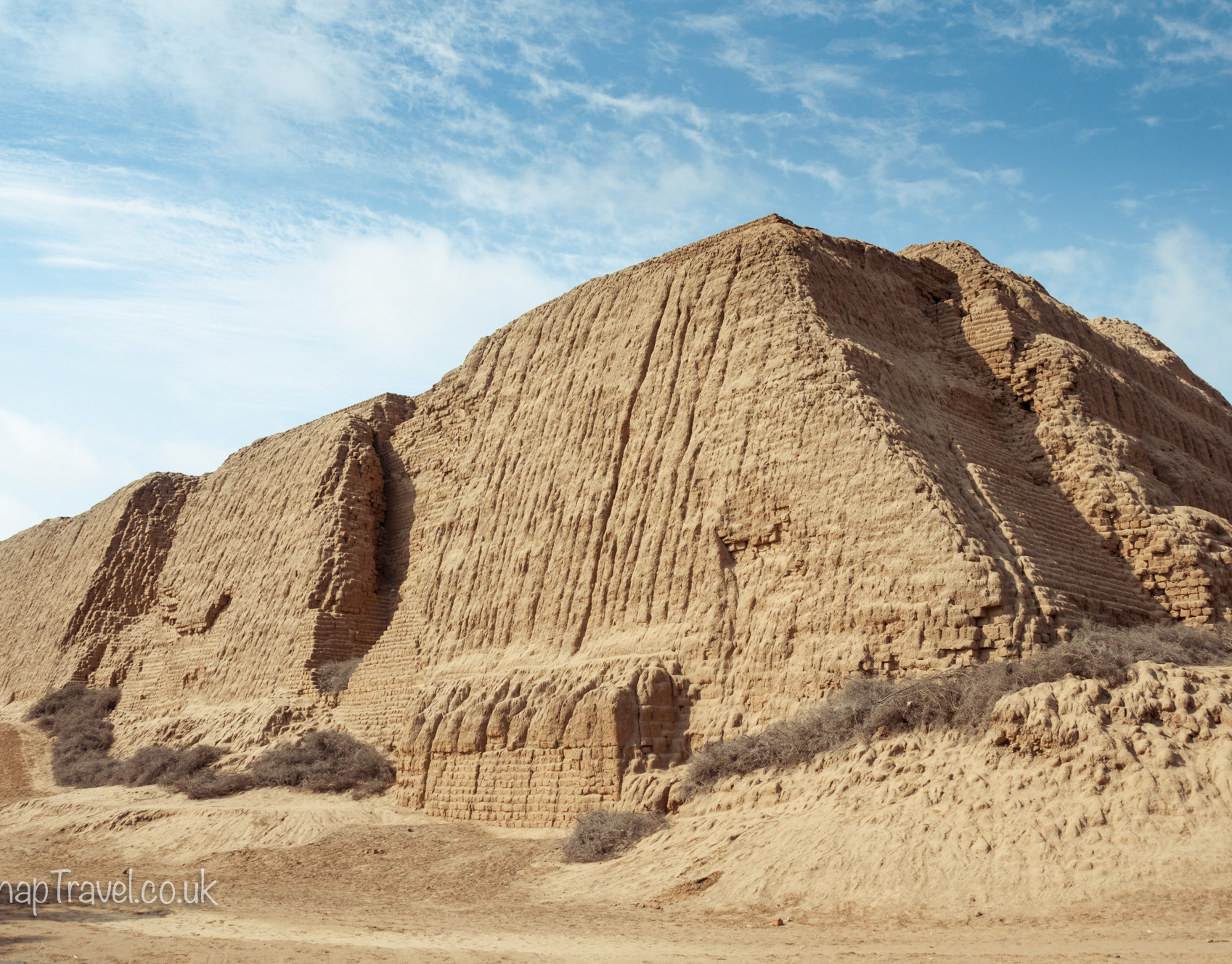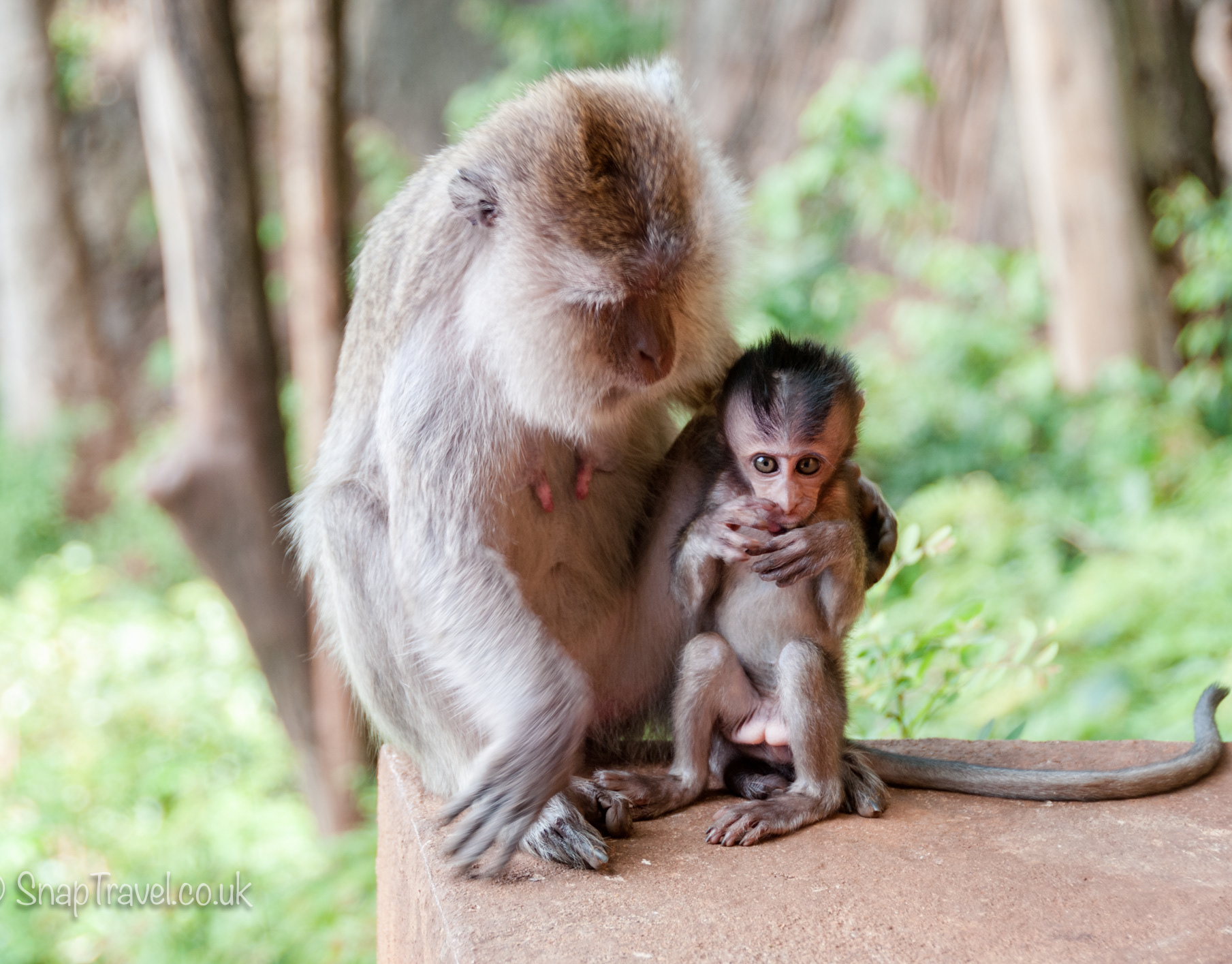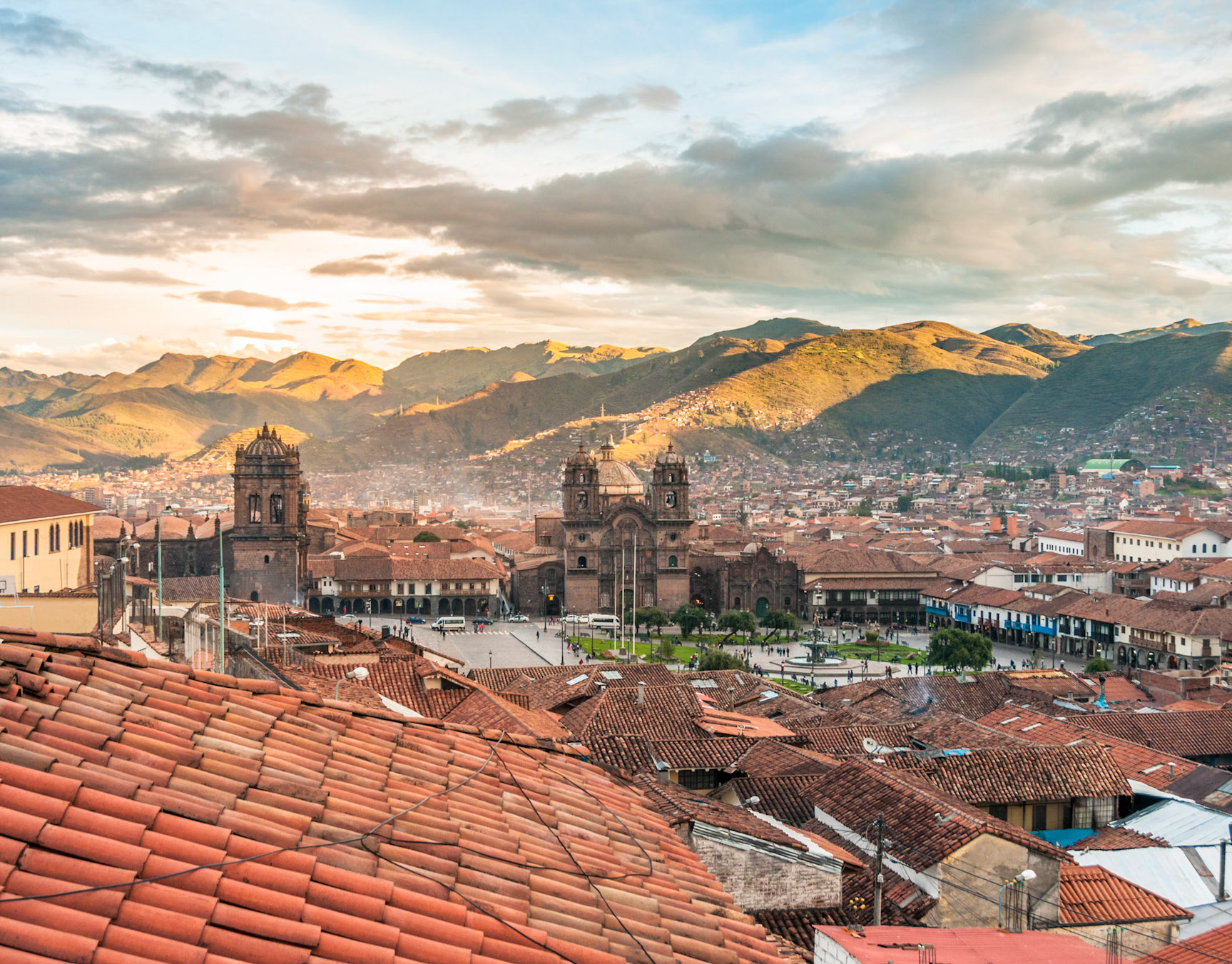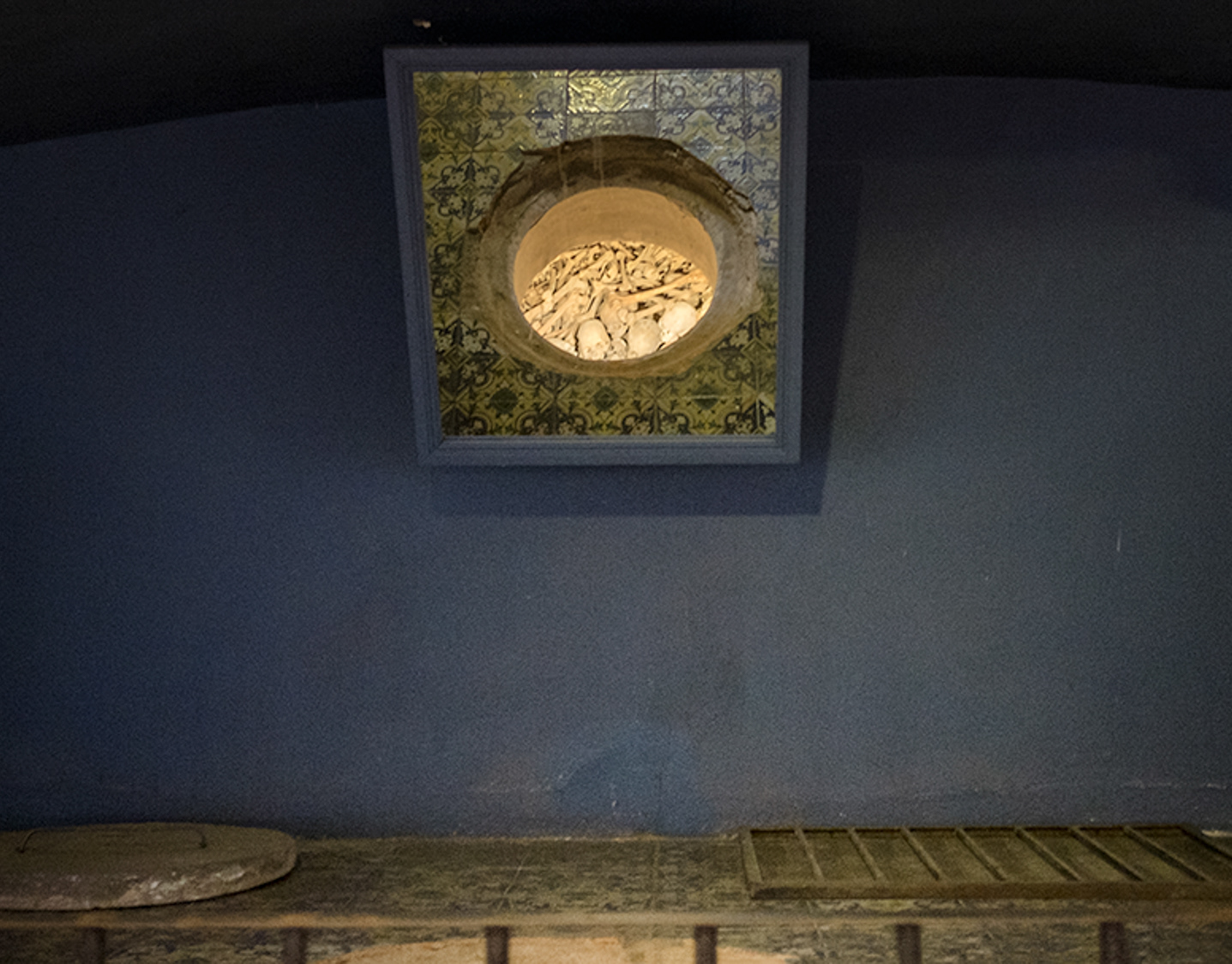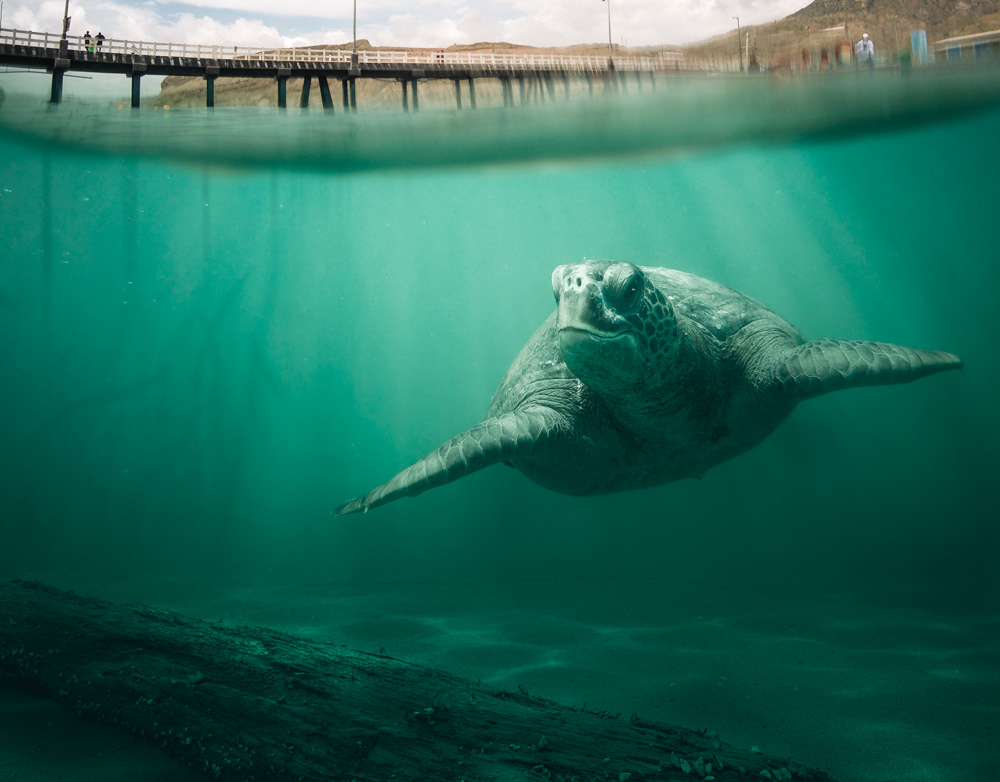I took this photo at Siti Khadijah Market in Kota Bharu, Malaysia. It was 2006, and I'd spent the morning exploring the colourful market taking many photos. As I left, I found this little cat looking longingly at the fish and couldn’t resist taking a quick picture.
Location: Siti Khadijah Market, Kota Bharu, Malaysia
Camera: Nikon D70
Lens: Nikkor 18-70mm f/3.5-4.5G IF-ED
Settings: 70mm | ISO1600 | 1/125 sec | f/5.6
Post Processing: Adobe Lightroom And Photoshop | Nik Collection
You'll notice I’ve made the interesting creative choice of taking this photo at ISO 1600 in broad daylight. Well okay, no. The truth is this was not intentional; I'd forgotten to reset the ISO after shooting inside the dark market building. Not such a big deal right? The photo looks fine, and besides ISO 1600 isn’t that high. Well, on a modern camera this may be true. I know many photographers think nothing of cranking that ISO all the way up to eleven these days. But back in 2006, ISO 1600 was a lot. In fact, I later decided never to shoot above ISO 800 with this particular camera. This photo looked so bad at the time, I came close to deleting it.
The camera was a Nikon D70, my first DSLR. I was still experimenting with it when I took this, which explains why I made a mistake, or at least that's my excuse. But, the poor image quality wasn't just the fault of the camera, but also because of the post-processing software that was available back then, or rather wasn’t available. Lightroom was still a year away, and the full version of Photoshop was prohibitively expensive for most enthusiasts like me. So, I had to use the software that came with the camera to do all the post-processing. I don’t remember the name of that software now; I think the trauma may have blocked it from my mind. All I remember is that using it was a miserable and ineffective experience.
The photo had terrible colour noise and graininess. The colours had no depth or richness, and if I increased the saturation it only introduced more noise. There was also horrible banding throughout the picture. This photo had just about every technical problem a digital image can have, to some degree. And there was nothing I could do about it. My finger hovered over the delete button, but luckily, in the end, I decided to keep it. Despite all its problems, I liked it as a keepsake. I put it on an external hard drive, and that’s where it stayed for the next four years.
It was 2010 before I dug it out for another look. By this time I was using Adobe Lightroom 3, I also had a full version of Photoshop with several specialised plug-ins from other developers. It was a joy to find that with the new software I could fix many of the problems to great effect, giving this old photo a whole new lease of life. It’s incredible how far post-processing software has come, and also a testament to the quality of the RAW file format I used. I guess the lesson here is; shoot RAW, and don’t delete those old photos because of a few problems. In a few years you may find you’re able to fix those problems and bring your old photos back from the dead.


